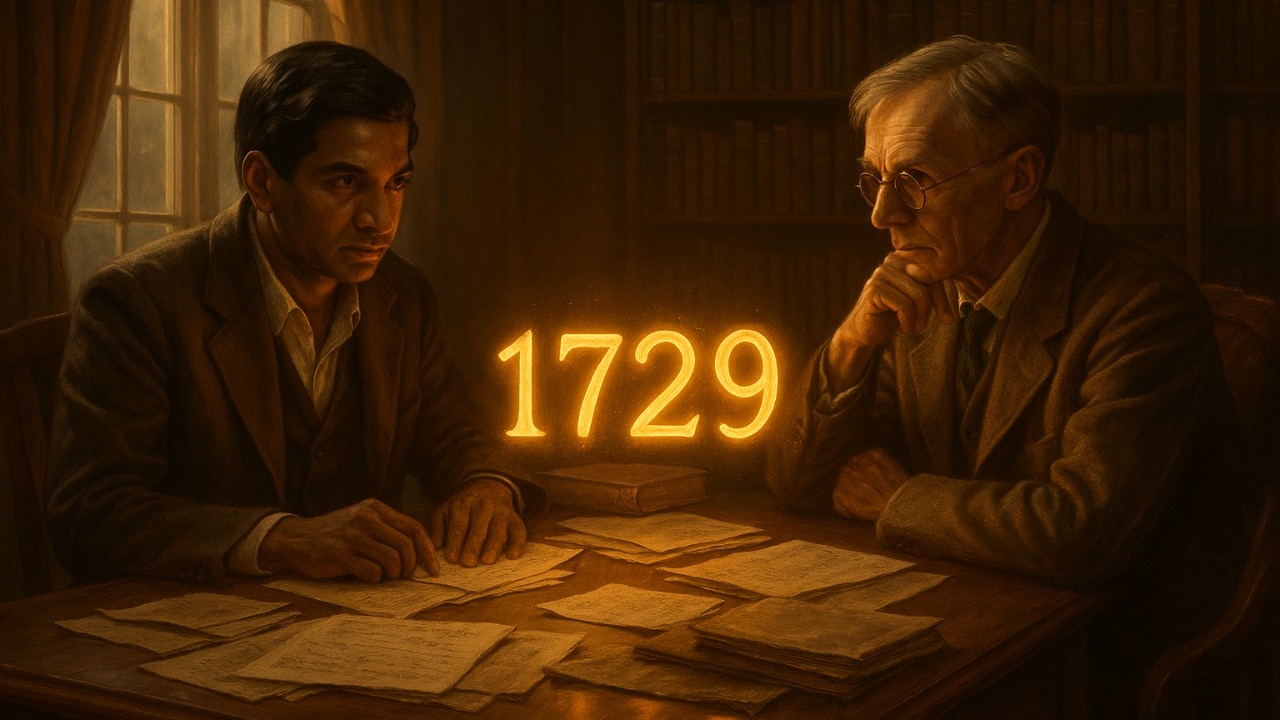In 1919, the legendary British mathematician GH Hardy visited his ailing friend Srinivasa Ramanujan at a hospital in Putney, London. He arrived in a taxi bearing the number 1729, and joked that it seemed “rather a dull” number.
Ramanujan, with a spark of brilliance, countered:
“No, Hardy, it is a very interesting number. It is the smallest number expressible as the sum of two positive cubes in two different ways.”
advertisement
That offhand remark transformed 1729 from a casual cab number into a monument in number theory—later dubbed the Hardy–Ramanujan number.
TWO CUBES, TWO WAYS
What Ra
Continue Reading on India Today
This preview shows approximately 15% of the article. Read the full story on the publisher's website to support quality journalism.
